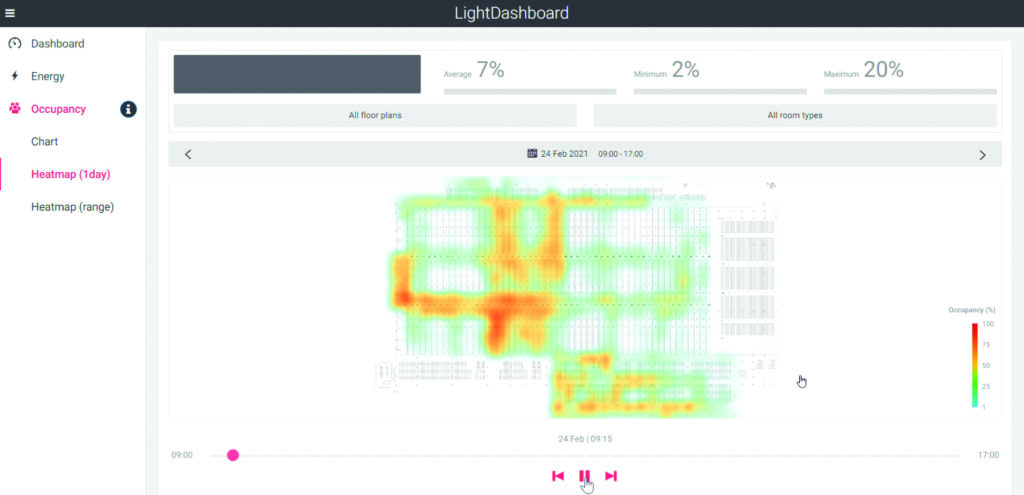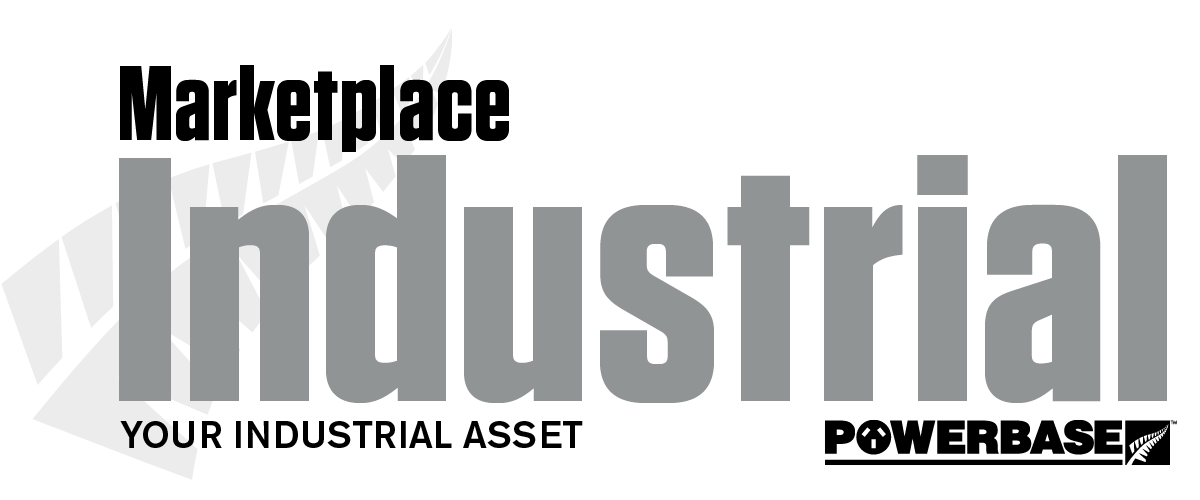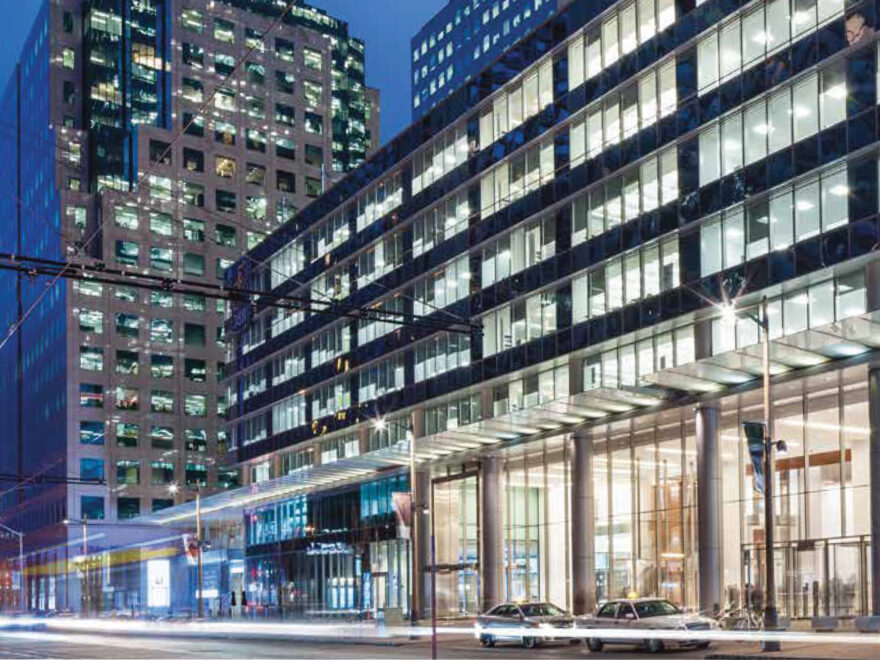In 2006 British mathematician and Tesco marketeer Clive Humby introduced the idea that data is the new oil.
For the next decade and a half, the big global tech firms leveraged off this and raced each other to build platforms tapping into and monetising this new resource. It is no longer an ‘opinion’ that data, and the insight that it can bring, is a valuable commodity that is analogous to oil. You only need to look at recent NASDAQ stock market events to see how this is very painfully true for Facebook. In April 2021 Apple enabled iPhone users to choose which apps are allowed to track their behaviour (part of IOS 14.5 update), as a result overnight the vast majority of users opted out this this form of tracking, effectively cutting off a rich source of data for Facebook. This is predicted to cost Facebook 10 billion USD (and counting).
The value and strategic advantage of good data and good insight is now no longer in debate. We are starting to see systems and solutions percolate down from the bigger players and increasingly become available to small to medium sized enterprises that enable them to collect and make sense of data in their own business to enhance the consumer experience and do what they do better, therefore being more profitable.
One company that has a clear vision in this space is Signify, who has been on an acquisition drive recently acquiring Pierlight who in turn has acquired SenseAgent. SenseAgent doesn’t have anything to do with lighting but offers innovative IoT sensor technology and real-time monitoring software for Health, Education, Commercial, Retail offices and other segments. The intention is to merge SenseAgent’s innovative technology, expanding the data collection and
analysis capabilities of Signify’s Interact platform, providing further value beyond basic illumination.
The lightbulb moment (pardon the pun) was that lighting is present in literally all spaces where people are, and that by its very nature is ideally placed to double as a sensor and data collection/aggregation point. This is causing many organisations to radically rethink how they can take advantage of vastly improved insight into their operations.
One such company already leveraging these capabilities is Cisco, who has installed a state-of-the-art Philips connected lighting system at its Canadian headquarters in Toronto. Owned by Oxford Development Co. and built by EllisDon Corporation, the 30-story RBC Waterpark Place III is one of the city’s first LEED Platinum office and retail developments, with many of its design aspects focusing on efficiency and sustainability.
The Philips (Signify) connected lighting system, which integrates seamlessly with the IT systems in the building, demonstrates how dynamic office spaces can become smarter and more efficient than ever before. Each luminaire in the system sends and receives data, serving as a pathway to deliver value to both employees and facilities managers. Managers can track occupancy patterns, changes in temperature, light levels, and much more while employees can personalize the lighting around their desks. The system allows maximum visibility and better control and allows Cisco to reduce energy consumption in their office spaces as they optimise the environment for the occupants at any one time.
With the very gradual return of employees to offices there is a pivot by property managers to provide the measurably best office environment they can, while at the same time hard decisions are being made by the occupants around the size, location and quality of the spaces they are paying for.
It is here that platforms such as the Signify Interact/SenseAgent will be used as data collection points feeding rich sources of data allowing deeper insight and better optimisation by the organisations and businesses that use them.

Above: An Interact heatmap from a recent industrial warehousing facility. Real time and historical insights such as these enable operators to increase movement efficiency by redistributing high volume items closer to entry and egress points. This is done via the build in web workspace, however increasingly this is being exported via standardised APIs so as to aggregate data across systems.
In the near future environmental data such as noise, pollution and vibration etc will be possible to overlay spatial maps of installations to aid better control, monitoring and decision making.
Sources:
Data Is the New Oil of the Digital Economy | WIRED
Facebook Blames Apple for $10 Billion Loss Due to Ad Warning
Digitalization | Signify Company
Pierlite Acquires SenseAgent Technology | Pierlite



